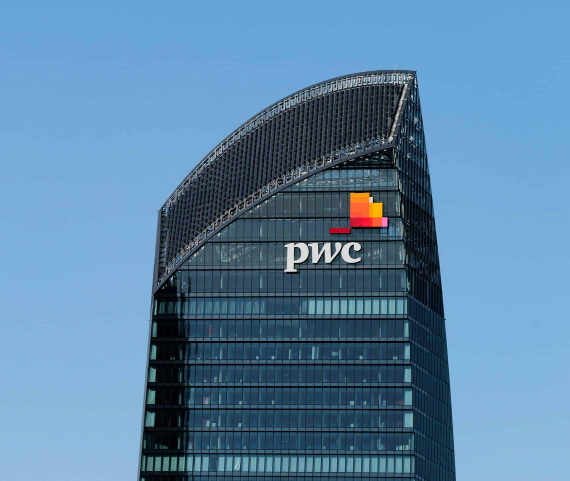
If you were an alien who landed on earth, you would probably notice a lot of beauty and optimism. We students, on the other hand, see a lot of challenges out there in the world. We see problems that need solutions and barriers that need to be overcome, but how? Banging one’s head against a brick wall is surely the least effective way to find a solution, is it not?
Creativity is the vital breath that nourishes the growth of all human endeavors. Yet why are we so often stifled in our pursuit of this transformative force? To put it bluntly, a person devoid of creativity is like a canvas without color — lacking in vibrancy and substance to make them truly captivating.
The primary barriers to the development of new ideas are the rigid social conventions and the fear of failure that hold us back. What does failure even mean? Failure is just the act of growing and learning; eventually, through perseverance, we find success.
Yes, we must break free from these mental shackles and allow our minds to roam far and wide, paving the way for endless possibilities. When we grant ourselves the freedom to explore the uncharted territories of the mind, we unlock the wonders of human potential and inspire those around us. Those who approach their perspectives with a spirit of provocation and the courage to bring them to life are the true masters of leverage.
But how does one be creative? Not everyone can be a painter or singer, but everyone can try these surefire ways.
First, open your mind. Stop limiting yourself by those ideas and social conventions that whisper in your ear “don’t do it, don’t you dare.” Just open your mind and see what happens.
Second, collaborate with others. It is through closely collaborating and listen to other perspectives that one’s creativity emerges.
Third, stand up to groupthink. While everyone here can be smart, we humans have a tendency to think as one when we come together. Be prepared to challenge this convention and think differently.
Fourth, start with big and abstract thoughts. You can always pull things back and make ideas less unconventional but it is a lot harder to motivate a donkey to become a powerful stallion.
Fifth, get outside your comfort zone. If you grew up going from A to B and hanging with those who have the exact same way of doing things as you do, break free of these limitations, perhaps by meeting people completely differently than you.
Sixth, go outside and immerse yourself in nature. Feel the sun on your face and let your mind wander.
Seventh, let boredom be your friend. A busy mind seldom comes up with fragrant ideas. Be bored and you will be astounded by the kind of thoughts that grow in your head. You might even have a “flash” of insiration pop into your head: the ultimate great idea for a new company, one that might inspire a nation!
There is no better place to embark on this creative journey than Hamilton, where the emphasis on community helps to refine and shape even our most raw and unrefined ideas. Endless opportunities arise from experimental thinking, coupled with the support of collaborative guidance. As a PricewaterhouseCoopers survey from Forbes reveals, 77% of CEOs believe that creativity and critical thinking are the most essential attributes for prospective hires.
Artficial intelligence is transforming our world today; more than anything else, that which sets humans apart from artificial intelligence is our innate ability to construct abstract concepts. These invaluable skills make one highly desirable in the corporate landscape, where the need for creativity has never been more pressing. As technology automates routine tasks, we must reroute our thinking to suit our ever-evolving culture, where productivity and innovation must coexist.
Take, for example, the inspiring story of FanStand, a recent startup at Hamilton that serves to track attendance at athletic events on campus. This innovative initiative seamlessly combines the technical prowess of coding with impactful marketing objectives. A group of dedicated students on the track team came together to create an outlet for community engagement, demonstrating how vast innovation can be and its potential to thrive within a small, collaborative environment.
Our new president, Steven Tepper, is a passionate advocate for the boundless potential of creativity, stating recently that “a creative person is someone who draws on nonroutine solutions to solve problems.” Tepper’s vision for Hamilton aligns with this fundamental pillar, as he envisions creativity taking root in the most unexpected of places, such as making a humble playground universally accessible.
Just as a plant requires water, sunlight and attentive care to flourish, innovation demands framework as well as a rich ecosystem of support and nurturing. So get out there and let your creativity fly!

















